Significance
Zhaiming Monastery in Daxi was originally part of the Longhua sect of the Chinese religions of fasting, a group of interrelated folk religions. With over 160 years of history, it has been a witness to the decline of the religions of fasting and the gradual Buddhization of Taiwan. The monastery has in its possession a major collection of cultural and historical relics, the most precious of which is the one and only photographic reprint of the Song dynasty “Qisha Scriptural Canon” in Taiwan. This piece marks the beginning of the practice of collecting ancient Chinese scriptures by Taiwanese Buddhist communities. The shrine in the main hall houses the crests of Japan’s Eihei-ji and Soji-ji temples (the two head temples of the Soto school of Zen Buddhism), a rare sight in Taiwan. These temple crests are the result of the monastery placing itself under the jurisdiction of Japan’s Eihei-ji Temple, an act which protected the monastery from destruction during the Kominka, or Japanization, movement of the Japanese colonial period. The crests are a testimony to the history of Taiwan under Japanese rule.
History
In 1850, a Daxi native named A-Jia Lee journeyed to Mount Putuo on tiny Hulu Island off the coast of mainland China near Shanghai to become a monk at the famed Fayu Temple. He later returned to Taiwan, where he established himself in a thatched hut next to Dahan Creek, naming it Fu Fen Gong. There he enshrined a consecrated statue of the Guanyin Buddha, which he had brought with him from China, for worship. In 1873, Pu-Se Huang, who was the temple abbot at the time, raised funds from the local gentry to construct the temple and named it Zhaiming Monastery. It became a branch of the Longhua sect of the Chinese religions of fasting (a Taiwanese folk religious sect that mixes elements of Confucianism, Taoism, and Buddhism). In 1912, the monastery’s main hall and wings were expanded and Cuiling Columbarium was built behind the temple as an ossuary to give followers a place to lay their loved ones to rest. The magnificent view from this part of the temple has become known as the Tower Sunset view and is considered to be one of Taiwan’s most spectacular sights. In 1999, administration of the temple was taken over by the Dharma Drum Mountain Foundation. The Foundation later built the Meditation Hall, Living Quarters, and Dining Hall. Since Zhaiming Monastery is an important temple of the Longhua Sect and has a unique architectural layout distinct from typical temple architecture, it has been designated a cultural heritage site in Taoyuan City.
Special Features
1The Layout of the Temple Compound Zhaiming Monastery in Daxi was originally designed as a three-section temple compound with a single entrance gate and two wings off of the main building forming a U-shape. The layout was subsequently expanded to include two additional wings on either side. Japanese stone lamps were installed in front of the east and west wings; the lamp on the right (east) was built during Japan’s Showa period (1926 – 1989). The main hall is an example of traditional Minnan style architecture; the decorative elements in the temple and the ornamentation on its pillars have great artistic value. The original temple complex with its two wings was constructed using mortise-and-tenon joints. This feature alone is enough to provide a testament to the unique beauty of traditional Chinese carpentry techniques.
Zhaiming Monastery in Daxi was originally designed as a three-section temple compound with a single entrance gate and two wings off of the main building forming a U-shape. The layout was subsequently expanded to include two additional wings on either side. Japanese stone lamps were installed in front of the east and west wings; the lamp on the right (east) was built during Japan’s Showa period (1926 – 1989). The main hall is an example of traditional Minnan style architecture; the decorative elements in the temple and the ornamentation on its pillars have great artistic value. The original temple complex with its two wings was constructed using mortise-and-tenon joints. This feature alone is enough to provide a testament to the unique beauty of traditional Chinese carpentry techniques.
2The Carved Wood Altar by Sculptor Guei-Li Huang The carved wood altar in the main hall was handcrafted by Taiwan’s famous wood craftsman Guei-Li Huang (1903 –1995). This extraordinary work was sculpted from a single piece of boxwood, with a depiction of the Tang dynasty tale of “Emperor Ming of Tang’s Night Visit to Guanghan Palace” carved in high relief on the front side of the altar. With its delicate characters and vivid portrayals, the altar is considered one of the most significant artifacts of Zhaiming Monastery.
The carved wood altar in the main hall was handcrafted by Taiwan’s famous wood craftsman Guei-Li Huang (1903 –1995). This extraordinary work was sculpted from a single piece of boxwood, with a depiction of the Tang dynasty tale of “Emperor Ming of Tang’s Night Visit to Guanghan Palace” carved in high relief on the front side of the altar. With its delicate characters and vivid portrayals, the altar is considered one of the most significant artifacts of Zhaiming Monastery.
3Pagoda of Respecting Words (jìngzìtíng) Built in 1866, the Pagoda of Respecting Words is a small offerings burner, currently the oldest monument in Taoyuan City. It was built by stacking stone blocks carved from local sandstone into a 3-level layout. The top level is a space for making offerings. The gourd-shaped roof serves as a memorial tablet for Cangjie, the inventor of Chinese characters. The top and middle levels contain Chinese couplets. The middle level serves as an incinerator for burning spirit paper, and the bottom level is for ventilation and paper storage. The offerings burner is beautifully proportioned and very well-preserved as a small but valuable reminder of Taiwan’s cultural heritage.
Built in 1866, the Pagoda of Respecting Words is a small offerings burner, currently the oldest monument in Taoyuan City. It was built by stacking stone blocks carved from local sandstone into a 3-level layout. The top level is a space for making offerings. The gourd-shaped roof serves as a memorial tablet for Cangjie, the inventor of Chinese characters. The top and middle levels contain Chinese couplets. The middle level serves as an incinerator for burning spirit paper, and the bottom level is for ventilation and paper storage. The offerings burner is beautifully proportioned and very well-preserved as a small but valuable reminder of Taiwan’s cultural heritage.
4The Qisha Scriptural Canon Photographic Reprint The full name of the Qisha Scriptural Canon is “Song Dynasty Qisha Scriptural Canon of Yansheng Temple.” The creation of this scriptural work during the Song-Yuan period (960 – 1368) owes its funding to three successive generations of holy nuns who cut off their arms in order to beg for and procure contributions. It took 91 years to complete the original wood-engraved series of scriptures, which became famed as a collection and compilation of Buddhist literature. The canon gets its name from Qisha Yansheng Temple in Suzhou, mainland China, where the carving was initiated. The entire collection consists of 1,532 Buddhist texts in a total of 6,362 volumes. Five hundred copies of this antique scriptural canon were reprinted in 1931 by Shanghai’s “Committee for Song Dynasty Scriptural Canon Reprints.” The abbot of Zhaiming Monastery at the time, Pu-Qian Jiang (dates of birth and death unknown), imported a set to Taiwan after its publication. This marked the beginning of the collection of ancient Chinese scripture by Buddhist communities in Taiwan.
The full name of the Qisha Scriptural Canon is “Song Dynasty Qisha Scriptural Canon of Yansheng Temple.” The creation of this scriptural work during the Song-Yuan period (960 – 1368) owes its funding to three successive generations of holy nuns who cut off their arms in order to beg for and procure contributions. It took 91 years to complete the original wood-engraved series of scriptures, which became famed as a collection and compilation of Buddhist literature. The canon gets its name from Qisha Yansheng Temple in Suzhou, mainland China, where the carving was initiated. The entire collection consists of 1,532 Buddhist texts in a total of 6,362 volumes. Five hundred copies of this antique scriptural canon were reprinted in 1931 by Shanghai’s “Committee for Song Dynasty Scriptural Canon Reprints.” The abbot of Zhaiming Monastery at the time, Pu-Qian Jiang (dates of birth and death unknown), imported a set to Taiwan after its publication. This marked the beginning of the collection of ancient Chinese scripture by Buddhist communities in Taiwan.
5The Crests of Japan’s Eihei-ji Temple and Soji-ji Temple During the period of the Japanese occupation, Japan implemented the Kominka (Japanization) movement in Taiwan to intentionally extinguish existing local religions. Since Zhaiming Monastery belonged to the Soto school of Zen Buddhism, it placed itself under the jurisdiction of Eihei-ji Temple (in Echizen Province or today’s Fukui Prefecture), Japan’s leading Soto temple, to avoid being expropriated or demolished by the ruling regime. The temple crest, or kuga rindo crest, of the Soto Eihei-ji Temple is to the left of the Buddha statue, and to its right is the temple crest (go-shichi kirimon) of the Soto Soji-ji Temple of Yokohama City, Japan. These temple crests are physical remnants of Taiwan’s past under Japanese rule.
During the period of the Japanese occupation, Japan implemented the Kominka (Japanization) movement in Taiwan to intentionally extinguish existing local religions. Since Zhaiming Monastery belonged to the Soto school of Zen Buddhism, it placed itself under the jurisdiction of Eihei-ji Temple (in Echizen Province or today’s Fukui Prefecture), Japan’s leading Soto temple, to avoid being expropriated or demolished by the ruling regime. The temple crest, or kuga rindo crest, of the Soto Eihei-ji Temple is to the left of the Buddha statue, and to its right is the temple crest (go-shichi kirimon) of the Soto Soji-ji Temple of Yokohama City, Japan. These temple crests are physical remnants of Taiwan’s past under Japanese rule.
6The Zhaiming Monastery Expansion Wins the 2012 Taiwan Architecture Award In keeping with the Dharma Drum Mountain Foundations philosophical leanings, a minimalist approach that combined modern and traditional elements was adopted for the expansion of Zhaiming Monastery’s Meditation Hall, Living Quarters, and Dining Hall. Designer Te-Hung Sun elaborated on the concept of Buddhist practice by eliminating many given design concepts such as style, height, and color. The exterior is constructed of simple, unadorned architectural concrete so as to create a serene and reflective atmosphere for this sacred building. This adherence to a clean, unembellished facade won the monastery expansion first place in the 2012 Taiwan Architecture Awards.
In keeping with the Dharma Drum Mountain Foundations philosophical leanings, a minimalist approach that combined modern and traditional elements was adopted for the expansion of Zhaiming Monastery’s Meditation Hall, Living Quarters, and Dining Hall. Designer Te-Hung Sun elaborated on the concept of Buddhist practice by eliminating many given design concepts such as style, height, and color. The exterior is constructed of simple, unadorned architectural concrete so as to create a serene and reflective atmosphere for this sacred building. This adherence to a clean, unembellished facade won the monastery expansion first place in the 2012 Taiwan Architecture Awards.
Reminders
Visitors must receive permission from Zhaiming Monastery to take pictures or videos. Every May, the beautiful blossoms of the area’s tung oil trees bloom in profusion on the ancient trail next to Zhaiming Monastery, making it a popular site for tourists who come for the flower-viewing.
Panoramic
Directions